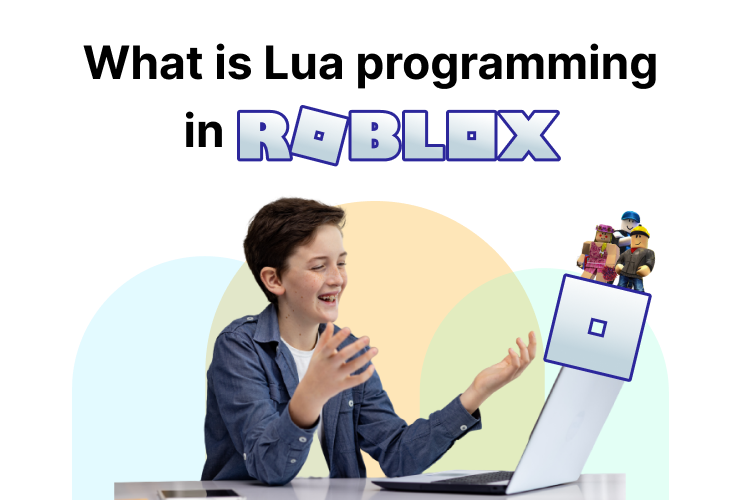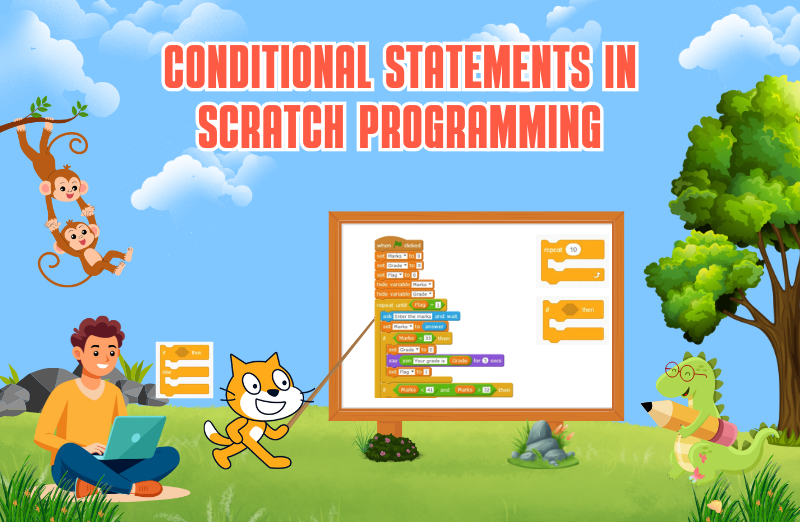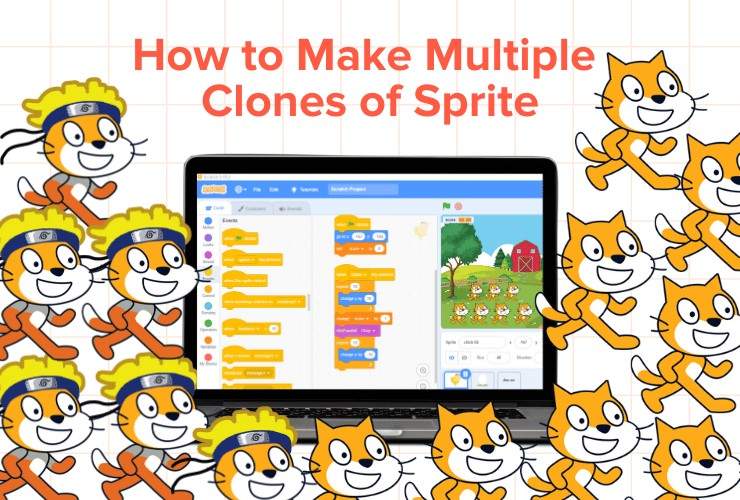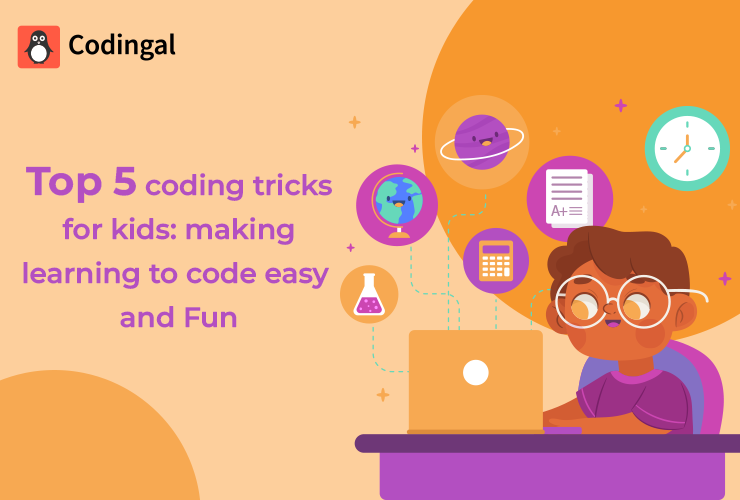Introduction
- Codingal fuses live teaching with smart algorithms to deliver a personalized coding journey, letting every K-12 learner build real apps, games, and AI projects while progressing at their own pace (“Codingal is dedicated to making the world of app development and artificial intelligence accessible and exciting for kids and teens.” (Codingal)).
- Why the urgency? Industry voices remind us that “1 in 100 kids will code, but 100 in 100 will use AI” (LittleLit.ai)—meaning AI literacy is rapidly becoming as fundamental as reading.
- AI-driven platforms now shape education’s fastest-growing segment, with the global market for AI in schools projected to “grow at a 40 % CAGR through 2027” (All About AI).
- Codingal stands out from competitors like Create & Learn by embedding proprietary AI tutors, adaptive assessments, and project-recommendation engines directly into its YC-backed curriculum—features that turn lessons into dynamic, co-creative adventures rather than static lectures.
- Parents, teachers, and school leaders gain clear dashboards, real-time feedback loops, and certified STEM alignment, ensuring that each child’s code, creativity, and confidence scale together—no matter their starting point.
Why AI Literacy Now Rivals Traditional Coding Skills
- Ubiquity drives necessity: Kids already speak to Alexa, play with machine-learning toys, and watch algorithm-curated videos; researchers caution that “children encounter AI in the forms of smart toys and computationally curated content” (MIT PopBots).
- Workforce prep starts early: Academic studies call 21st-century skill development “a challenge to today’s educational system” as tech advances outpace classrooms (IJE Paper).
- Personalization powers engagement: Create & Learn notes that “AI-powered solutions can analyze students’ previous learning histories, identify weaknesses and offer courses best suited for improvement”.
- Certification is the new badge: Adaptive programs give kids résumé-ready credits; LittleLit.ai touts early “AI certification” as future-proofing (LittleLit.ai).
- Market momentum is undeniable: Analysts describe AI’s classroom rise as “unstoppable” (All About AI), validating parents’ instinct to enroll their children sooner rather than later.
Inside Codingal’s AI-Powered Learning Engine
1. Real-Time Co-Creative Coding Sessions
- Live instructors plus AI co-pilots: Students get human mentorship layered with instant machine feedback that highlights syntax errors, offers refactoring tips, and suggests creative twists—mirroring Stanford’s vision of “multiple modes of AI-learner interaction, from full code generation to guided modification” (Stanford Accelerator).
- Outcome: Learners iterate faster, troubleshoot independently, and internalize best practices without waiting for the next class meeting.
2. Adaptive Pathways & Smart Assessments
- Dynamic difficulty adjustment: Codingal’s algorithm reviews quiz scores, keystroke patterns, and project complexity to remix the upcoming lesson—similar to how AI tools “serve as valuable learning companions, helping us learn from our mistakes” (Medium).
- Skill-gap alerts for parents: Dashboards flag conceptual bottlenecks and recommend supplementary micro-projects, ensuring no student falls through the cracks.
3. Project Recommendation Engine
- Authentic, portfolio-ready builds: Based on interests (e.g., sports stats, climate data), the engine suggests age-appropriate challenges such as “AI-powered chatbot creation” or “image recognition apps” (Codingal).
- Gamified milestones: Students earn badges as they unlock new AI APIs, echoing the trend toward “gamification and interactive learning experiences” (Medium).
4. Embedded Competitions & Olympiads
- Motivation through challenge: Codingal hosts hackathons plus the National Coding Olympiad, giving real-world deadlines and peer benchmarking—features that free teachers to “spend more time focusing on their students” as AI automates logistics (Create & Learn).
- Global exposure: With 500 000+ learners across 70 countries, kids collaborate and compete on an international stage, broadening cultural perspectives alongside code proficiency.
Feature-for-Feature: Codingal vs. Create & Learn
| Dimension | Codingal | Create & Learn |
|---|---|---|
| AI Tutor Integration | Proprietary AI co-pilot inside every live class; adaptive assessments guiding next steps. | Uses AI analytics mainly for recommending third-party courses and providing teacher dashboards. |
| Curriculum Breadth | Block-based Scratch to Olympiad algorithms, plus data science, Roblox Lua, and AP CSA prep. | Strong in Scratch and Python basics; fewer advanced CS pathways. |
| Project Recommendation | Personalized engine suggests chatbots, sentiment analyzers, AI games—linked to learner interests. | Library of standard projects; teacher discretion to personalize. |
| Competitions & Hackathons | Runs dozens annually, including the flagship National Coding Olympiad. | Hosts periodic “AI Explorers” demo events. |
| Accreditation | Curriculum mapped to K-12 CS Framework, CSTA, and global STEM standards. | Aligns with ISTE skills; less emphasis on Olympiad prep. |
- Verdict: While both platforms value personalization, Codingal turns AI into an active co-creator in every session, whereas Create & Learn deploys AI chiefly for progress tracking. This distinction grants Codingal learners deeper technical autonomy and a richer project portfolio.
How AI Integration Elevates Learning Outcomes
A. Faster Concept Mastery
- Early exposure matters: MIT researchers found that hands-on AI kits like PopBots significantly improve comprehension among 4-6-year-olds (MIT PopBots).
- Codingal mirrors this tactile approach through drag-and-drop simulations before transitioning to typed syntax, reducing fear of complexity.
B. Practical Creativity
- Cognimates proves kids can train their own models and even build “a game that gets better at playing Rock Paper Scissors” (Cognimates).
- Codingal expands on that vision by letting students integrate hugging-face sentiment APIs or computer-vision libraries into capstone apps, maturing their creative confidence.
C. Collaboration & Social Learning
- Co-creative platforms drive connection: MIT’s CoCo emphasizes designing tech that “center and celebrate our enduring human need for connection” (MIT CoCo).
- Live group classes and shared code repositories on Codingal echo this philosophy, turning solo projects into peer-reviewed masterpieces.
D. Motivation Through Measurable Progress
- Badges and certifications keep momentum high: Kids crave visible achievements; LittleLit.ai reports that certification “helps kids build their resumes and gain early recognition” (LittleLit.ai).
- Codingal’s micro-credentials for each AI module feed directly into LinkedIn-style student profiles, simplifying scholarship and internship applications down the line.
What Parents & Schools Gain by Choosing Codingal
- Transparent ROI: Real-time dashboards translate every block of code into skill graphs—vital for “near instantaneous feedback on student performance and engagement”.
- Teacher enablement: Educators licensing Codingal’s curriculum offload grading to AI rubrics, freeing bandwidth to coach creativity rather than mark syntax.
- Alignment with academic standards: STEM-accredited lessons satisfy both extracurricular aspirations and classroom credit requirements, removing redundancy.
- Inclusive pacing: Adaptive algorithms mean the same platform can nurture beginners while challenging future Olympiad contestants, erasing the need for multiple vendors.
- Community & recognition: Hackathons, webinars, and worksheets foster a culture where “every step in AI learning is an achievement—celebrate their progress” (Codingal).

The Road Ahead: Trends Shaping Next-Gen Coding Classrooms
- Generative AI as co-designer: Stanford researchers foresee frameworks that “combine the scaffolding capabilities of AI with the engaging nature of game development” (Stanford Accelerator).
- Holistic digital literacy: Scholars argue that computational thinking is the gateway to broader digital fluency needed “to meet the needs of future workforce” (IJE Paper).
- Global collaboration at scale: Ten years of scratch-based creativity prove virtual studios can unite millions (MIT CoCo), and Codingal’s 70-country footprint is already living this future.
- Rise of AI ethics education: With smart assistants in “more than 47.5 million” US homes (Cognimates), teaching responsible development will become as critical as syntax. Codingal integrates safe-use discussions into every AI lesson plan.
- Continuous evolution: Industry observers note that “the future of coding education holds immense promise” (Medium)—and platforms able to iterate quickly alongside AI advances will lead the pack.
How to Get Your Child Started with Codingal
- Book a free, live trial to let your child meet an expert instructor and “get a taste of what it’s like to build AI-powered apps in a supportive environment” (Codingal).
- Choose the right track: From Scratch Explorers to Python Prodigies, counselors recommend age-appropriate pathways that balance challenge with confidence.
- Leverage seasonal camps: Summer and winter intensives compress months of learning into weeks—ideal for kids seeking Olympiad prep or AP CSA crash courses.
- Join a competition: Hackathons like the National Coding Olympiad provide tangible goals and portfolio-worthy outcomes.
- Stay involved: Parent dashboards, weekly summaries, and community webinars keep you informed and engaged in your child’s tech journey.
Final Code-Block: Why Codingal’s AI Integration Truly Sets It Apart
- Integrated, not add-on AI ensures guidance, assessment, and creativity enhancements are woven into every line of code.
- Depth and breadth of curriculum let kids progress from block-based basics to advanced algorithms without switching platforms or losing momentum.
- Global, project-driven community nurtures not just coders but confident problem-solvers ready for an AI-saturated future.
- Continuous innovation, YC backing, and proven satisfaction (4.8/5 rating) give parents, educators, and students the assurance that today’s investment will keep paying dividends tomorrow.
Ready to future-proof your child’s imagination? Explore Codingal’s AI courses today and watch their screen time transform into skill time.
FAQ Section
What makes Codingal’s approach to coding education unique?
Codingal integrates AI directly into its teaching platform, providing personalized feedback, adaptive assessments, and project recommendations, setting it apart from competitors who primarily use AI for analytics.
How does Codingal use AI to enhance student learning?
Codingal uses AI to offer real-time feedback, dynamic difficulty adjustments, and recommendations for project challenges, allowing students to create personalized coding projects while progressing at their own pace.
Why is AI literacy becoming essential?
AI literacy is becoming essential due to the increasing prevalence of AI in everyday life. Children are exposed to AI through smart toys and curated content, and future workplaces will require AI knowledge.
How does Codingal support teachers?
Codingal provides real-time dashboards and AI-driven assessments, reducing teachers’ workload and allowing them to focus more on fostering creativity rather than grading.
What opportunities do competitions and Olympiads provide for students?
Competitions and Olympiads hosted by Codingal offer students real-world deadlines, peer benchmarking, and a chance to collaborate globally, enhancing both their coding skills and cultural perspectives.
Citations
- https://www.codingal.com/coding-for-kids/blog/how-kids-can-build-ai-powered-apps/
- https://www.littlelit.ai/post/ai-for-kids-or-coding-for-kids-which-skill-will-future-proof-your-child
- https://www.allaboutai.com/resources/ai-statistics/education/
- https://robots.media.mit.edu/wp-content/uploads/sites/7/2019/02/EAAI-WilliamsR.25.pdf
- https://airccse.com/ije/papers/12324ije05.pdf
- https://acceleratelearning.stanford.edu/funding/learning-through-creation-with-generative-ai/
- https://medium.com/@aatmajsalunke/the-future-of-coding-education-trends-and-predictions-for-2023-and-beyond-db3993080666
- https://alum.mit.edu/slice/kids-teach-ai-little-humanity-cognimates
- https://www.media.mit.edu/articles/coco-a-real-time-co-creative-learning-platform-for-young-people/














